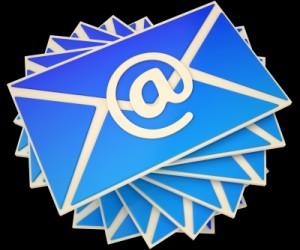Dr. Martin Luther King, Jr. spoke of standing up for what’s right, even when it isn’t convenient. There is so much happening in the world around us today, and at such an unprecedented, rapid pace, it’s sometimes challenging to make sense of it all. And, in particular, our place in it all. How will we face the world of 2018 and beyond? What challenges will we take on, and how? What can we do as individuals, as groups, as organizations, and as a community to adapt, stay positive and make a beneficial impact on the world within and around us — ourselves, our families, our friends, our neighbors and strangers. What can we do, especially, to protect and defend and care for the most vulnerable among us? What can we do that is not just transactional, but transformational?
“The time is always right to do what is right.” ~ Martin Luther King Jr.
I have a dream for 2018 – and beyond. I have a dream this is the year your organization will move beyond defining yourself by what you’re not (nonprofit) and will begin to define yourself by what you are (social benefit). I have a dream this is the year your people will move from an attitude of taking and hitting people up (aka “fundraising”) to a mindset of giving and lifting people up (aka “philanthropy”). I have a dream this is the year your staff and volunteers will move from enacting transactions to enabling transformation.
I have a dream you will push yourself and your organization this year. You will take the bull by the horns, adapt to the digital revolution and open yourself to the possibilities change brings. You will give up on the static donor pyramid, ladder and funnel theory of engagement and put your donor at the center of a new, active engagement model that reflects the myriad ways people connect with organizations and causes today. You will find donors where they are.
I have a dream you will learn who your best influencers and advocates are and you will embrace them. You will recognize you are no longer your best messenger. You will understand many forces beyond you influence your donor’s decision to invest with you, and you will expand your thinking and operations from a one-dimensional to a multi-dimensional model. You will allow your constituents to engage with you at multiple points of entry, and to move freely between these points during the life cycle of their engagement.
I have a dream you will think big, because thinking small will not get you where you need to go.
Details







